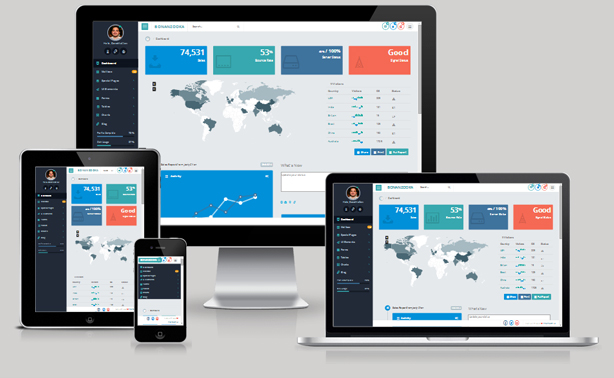
Web based applications are software programs that run on a web server and can be accessed by users through a web browser. Unlike traditional desktop or mobile applications, web based applications do not need to be installed or updated on the user's device. They can offer many benefits, such as convenience, compatibility, scalability, and security. In this article, we will explain what web based applications are, how they work, and their advantages over other types of applications.
Web-Based Applications:
According to Techopedia, a web-based application is any program accessed over a network connection using HTTP rather than existing within a device's memory. Web based applications often run inside a web browser, such as Chrome, Firefox, or Safari. However, some web-based applications may also have a client-side component, a small part of the program that is downloaded to the user's device and interacts with the web server.
Popular web-based applications:
Google Docs: A web based word processor that allows users to create, edit, and share documents online.
Facebook: A web based social networking platform that allows users to connect with friends and family online.
Gmail: A web based email service that allows users to send and receive emails online.
How do Web-Based Applications Work?
Web-based applications work by following a client-server model, which involves two parties: the client and the server. The client is the user's device or browser that requests information or services from the server. The server is the computer or system that hosts the web based application and responds to the client's requests.
The basic steps of how web based applications work are:
The user enters the URL of the web based application in the browser's address bar or clicks on a link that leads to the web based application.
The browser sends a request to the server using HTTP (Hypertext Transfer Protocol), a standard protocol for web communication between clients and servers.
The server receives the request and processes it according to the logic and data of the web based application. The server may also access other resources, such as databases or APIs (Application Programming Interfaces), to perform certain tasks or functions.
The server sends back a response to the browser using HTTP, which may contain HTML (Hypertext Markup Language), CSS (Cascading Style Sheets), JavaScript, images, videos, or other types of content that make up the web page or interface of the web based application.
The browser receives the response and renders it on the screen for the user to see and interact with. The browser may also execute JavaScript code or make additional requests to the server for more information or functionality.
Conclusion
Web-based applications are software programs that run on a web server and can be accessed by users through a web browser. They offer many benefits, such as convenience, compatibility, scalability, and security. They can be used for various purposes: productivity, entertainment, communication, and education. However, web based applications also have some challenges and limitations, such as dependency on internet connectivity, browser compatibility issues, security risks, and performance issues. They are becoming more prevalent in the digital world and are expected to grow and evolve.